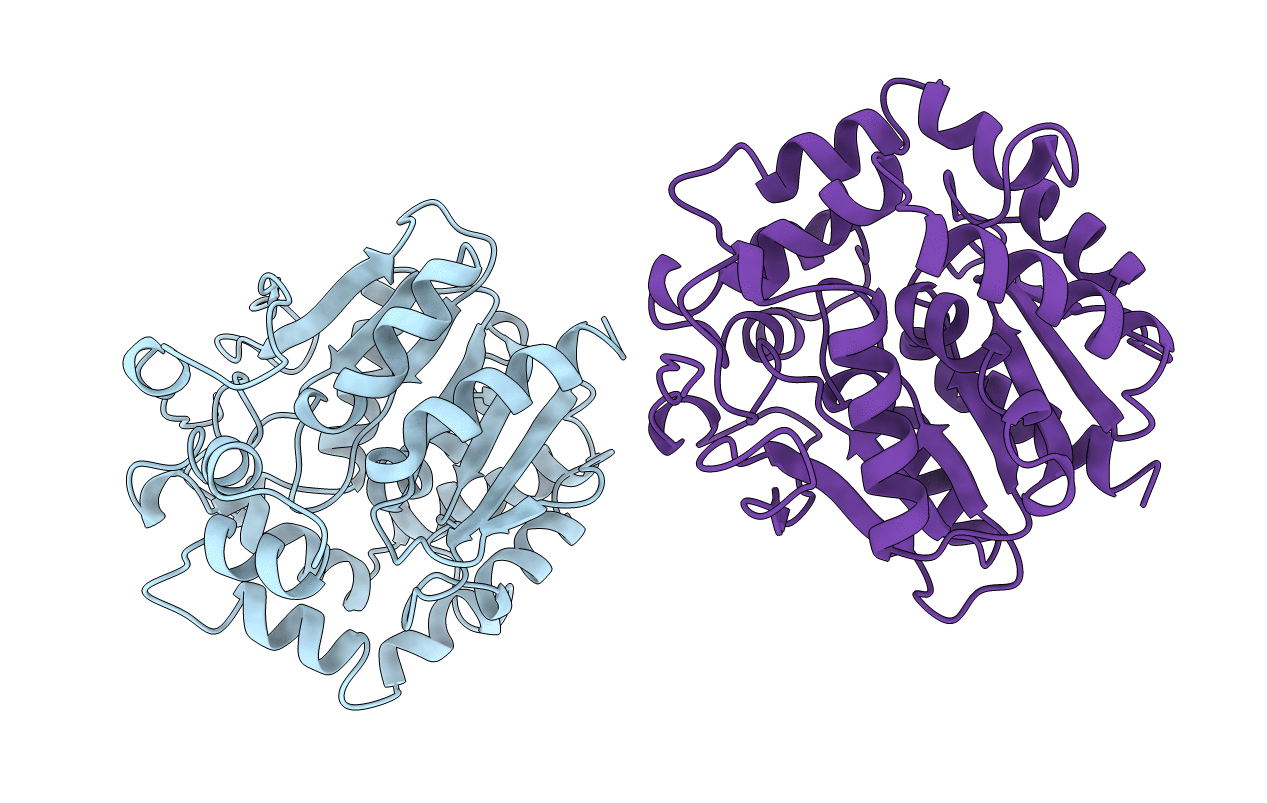
Deposition Date
1996-08-08
Release Date
1997-02-12
Last Version Date
2024-02-07
Entry Detail
PDB ID:
1HDE
Keywords:
Title:
HALOALKANE DEHALOGENASE MUTANT WITH PHE 172 REPLACED WITH TRP
Biological Source:
Source Organism:
Xanthobacter autotrophicus (Taxon ID: 280)
Host Organism:
Method Details:
Experimental Method:
Resolution:
2.70 Å
R-Value Free:
0.25
R-Value Work:
0.20
R-Value Observed:
0.20
Space Group:
P 1 21 1


